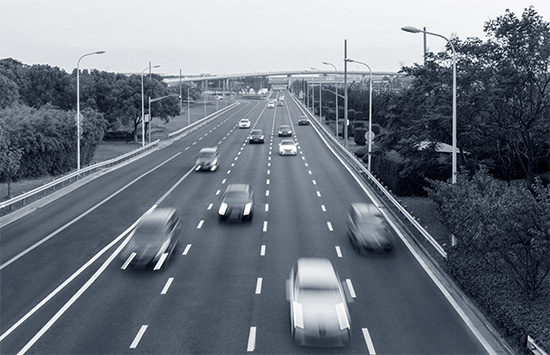Overview
The safety of our road network is everyone’s responsibility. Like drivers of conventional vehicles, people who use automated vehicles will need to understand how to use them safely and in accordance with the law.
We are considering the reforms needed to clarify how users of highly automated vehicles can continue to support safety on our roads, and how existing driver obligations – such as driver licensing, drug and alcohol restrictions, and non-driving activity restrictions – might apply in an AV context.
Human user or occupant interactions
Ministers have already decided some obligations for users of conditionally automated vehicles (Level 3) that are similar to users of conventional vehicles. These include things like holding an appropriate driver license and compliance with drug and alcohol restrictions that currently apply to drivers of conventional vehicles.
They also have agreed to some new obligations for these users, including a new requirement to respond to an ADS transition demand.
We have recently concluded consulting on AVs that are more advanced. The obligations for users or occupants of highly automated vehicles (levels 4 and 5) have not yet been decided and we’d like to hear from you.
For more information you can refer to our topic paper Human user or occupant obligations when using a vehicle with an ADS.
Law enforcement and first responder interactions
The NTC, Commonwealth, state and territory governments continue to work on developing and refining policy positions for the on-road enforcement of automated vehicles.
Some of these policy positions were published in the NTC’s 2023 publication On-road Enforcement of Automated Vehicles.
Interactions with law enforcement and emergency services will primarily be guided by the ADSE’s Law Enforcement and Emergency Services Interaction Protocol (LEESIP) for its ADS. For more information, please see the Law enforcement and emergency services interaction protocol paper.
Preventing third-party interference with an ADS
The new safety law will make the ADSE responsible for the safety of its ADS. Despite this, other parties (including individuals) could interfere with an ADS in a way that creates safety risks. This might be accidental or deliberate; it may be through unauthorised physical or software changes to the vehicle.
Previous policy work had proposed that third-party interference offences would be included in state and territory law to manage this risk. We are proposing that the AVSL should also include third party interference offences. For more information, please see the Third-party interference with an ADS paper.
